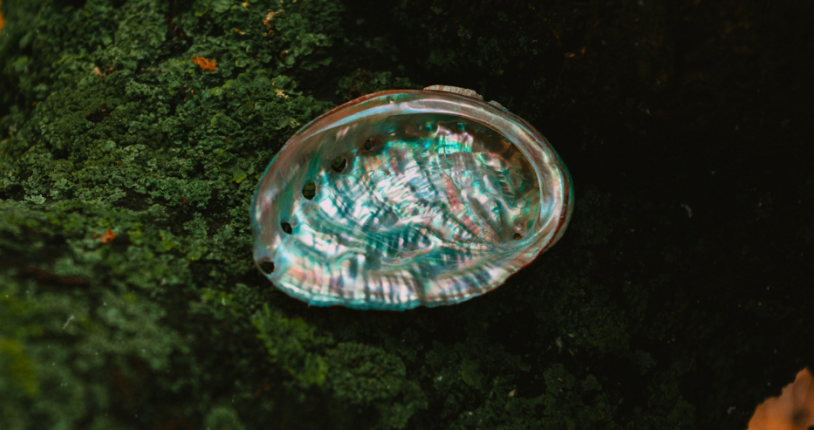Just off the coast of northern France is the island of Guernsey. This is the second largest British Channel Island after Jersey and has the status of a Crown Estate of the United Kingdom. This means that it is directly under the British Crown and not part of the United Kingdom. As peculiar as its status is, so is the seafood found around Guernsey: the green abalone, or better known by its English name "(green) ormer" or "sea ear". Very strict fishing rules apply to this rare seafood - and those who do not comply with them may end up in prison.

The green abalone is a marine animal that belongs to the snail family. The animal grows to about ten centimetres long and six centimetres wide. The shell is usually greenish - hence the name. The meat is considered a delicacy in Guernsey and on the Channel Islands in general.
Due to overexploitation, however, the population of the coveted sea creatures has declined sharply in the last 200 years. Therefore, they may only be collected between 1 January and 30 April and when the green abalone is at least nine centimetres long. To reach this size, the animals need three years.
To avoid going to jail when collecting the seafood, the moon phases from January to April are also crucial. According to a report by the BBC, the "ormer" may only be collected during full and new moons and up to a maximum of two days after the respective moon phases.

Furthermore, you must declare the sea ears you have collected when you leave the country. If you break one of these laws, you could face a fine of around 5000 pounds even six months in prison.
Basically, there are two methods to collect the green abalone. These are called "turning" and "cricking". When turning, one looks for a spot on a loose rock that is not connected to the seabed. The collectors can carefully search these areas and look for the seafood. In "cricking", on the other hand, one looks for the animals on boulders in cracks and nooks and crannies. This is not so easy, as the green abalone live hidden in small crevices - but experienced collectors know where the search is most worthwhile. People try to get hold of the green abalone mainly with the help of an "ormer hook". Some, however, prefer to use scraper or blade-like tools.
The taste of the delicacy is said to be quite unique: the flesh is juicy, mild and slightly meat-like. However, it would still have an unmistakable mollusc note. Traditionally, the green abalone is either fried or simmered in a sauce.

You can experience the tradition of gathering and eating abalone for yourself in Guernsey next year. However, to avoid being jailed for eating the seafood, be sure to follow the rules above.





